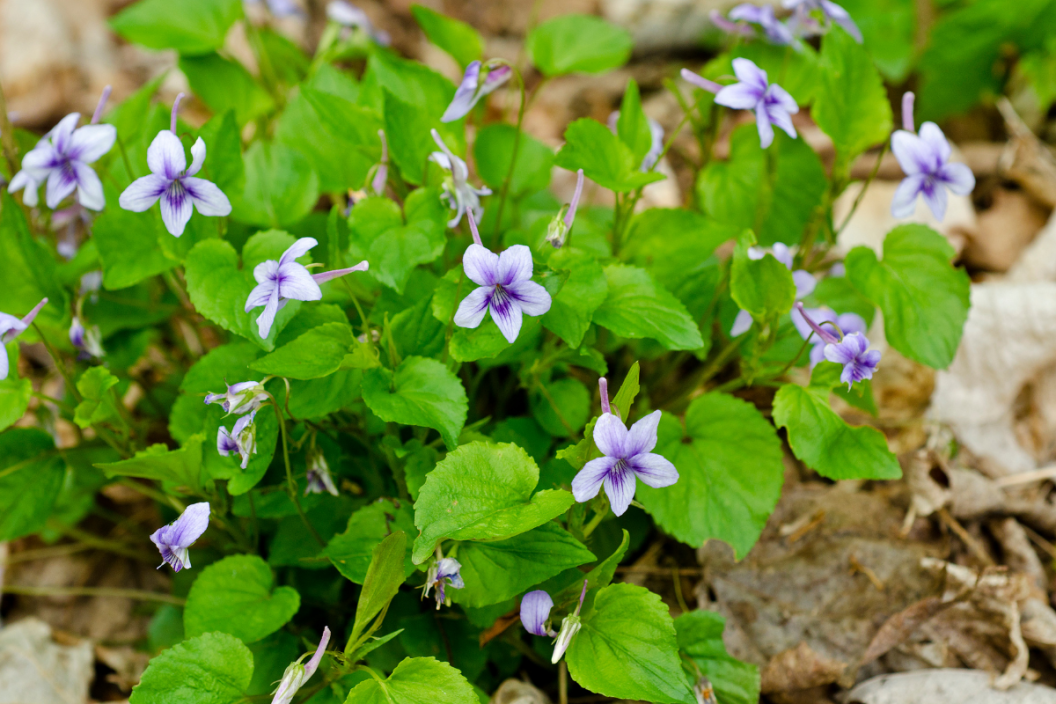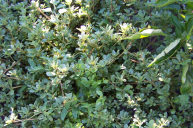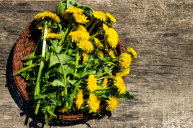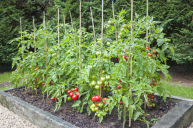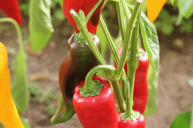The spring is an exciting time for foragers. As the world comes back to life around us, we get to see some of our dear friends again. One of the best feelings in the world is going out for a walk and being able to recognize and name the wild plants you see and know their use. I think it's so important for us to have a connection with the wild greens growing around us. We often underutilize the green world around us just because we don't feel confident in our knowledge. The easiest way to get started and become confident in foraging is to start small. Pick up a guidebook or a field guide, and choose just a few plants you love at first to learn.
Here are the two most important things to know when foraging:
- Does this plant have any toxic look-alikes? How do I identify them and make absolutely sure this is what I think it is?
- How do I harvest wild food without harming the habitat it thrives in?
Once you feel confident about these, foraging becomes a delightful practice. You can forage even if you live in an urban setting. Urban foraging is how I got started - you would never believe how many edible plants grow in just a patch of lawn! The only thing to keep in mind when urban foraging is to make sure you're not taking plants from a place where pesticides or herbicides are used, or if they are near toxic environmental factors like being near a busy roadside.
If you want to get into foraging, here are some easy wild edibles to start with.
Violets
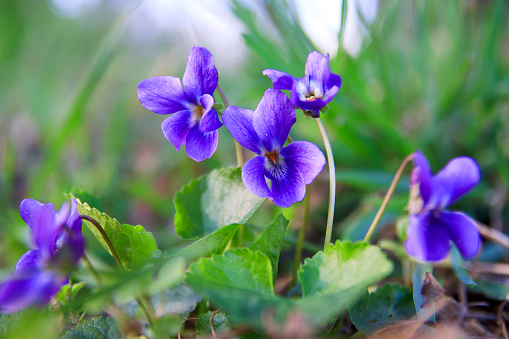
Getty Images
Violets are a delicious, sweet early spring treat. Their only toxic look alike is the lesser celandine (ficaria verna) which has similar heart shaped leaves, but the flowers are yellow and have no resemblance to violets. Violets grow in lawns and range from dark purple to white. You can make delicious and beautiful floral syrup from the flowers, and the leaves are great in salad, pesto, green goddess dressing, and soups.
Dandelions
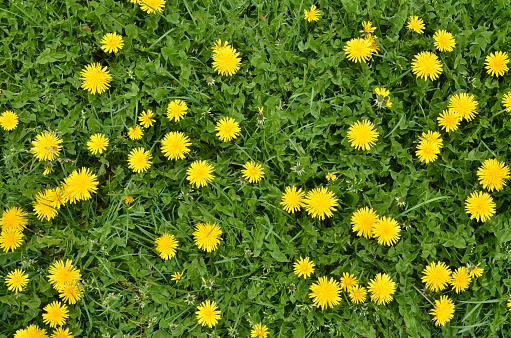
Getty Images
We've all seen these beautiful golden heads peeking up from lawns, perhaps made a few wishes on their seeds. Dandelions are an incredibly heathy and helpful plant. All parts of the plant are edible (except you may want to avoid it when it's hot, as they can get really bitter in hot weather).
Chickweed
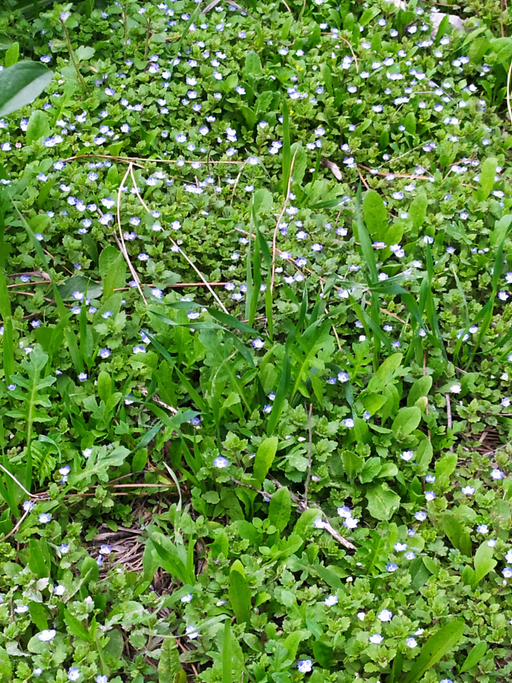
Getty Images
I love chickweed! It's such a nice, bright green taste and once you know what it looks like, you see it EVERYWHERE. They have one toxic look-alike, scarlet pimpernel, but the flower is orange unlike chickweed's white petals, and it does not have a single line of hair running down the stem-like chickweed does. It also has a milky sap, so it is easy to distinguish. Chickweed is delicious in pesto, soups, and raw in salads, especially in cooler weather.
Berries
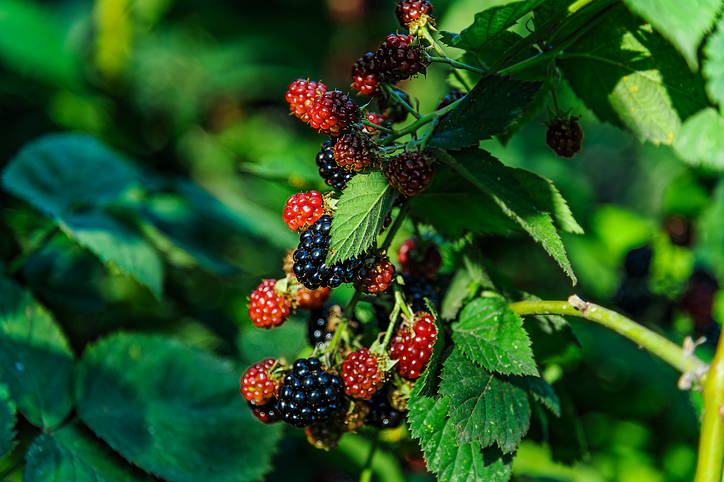
Getty Images
Blueberries, blackberries, and raspberries are all great to forage, especially since we have all seen them before in the grocery store! The only thing about edible berries is to make absolutely sure that it's not from a poisonous plant or a toxic look alike. At first glance, often berries look similar!
Wild garlic
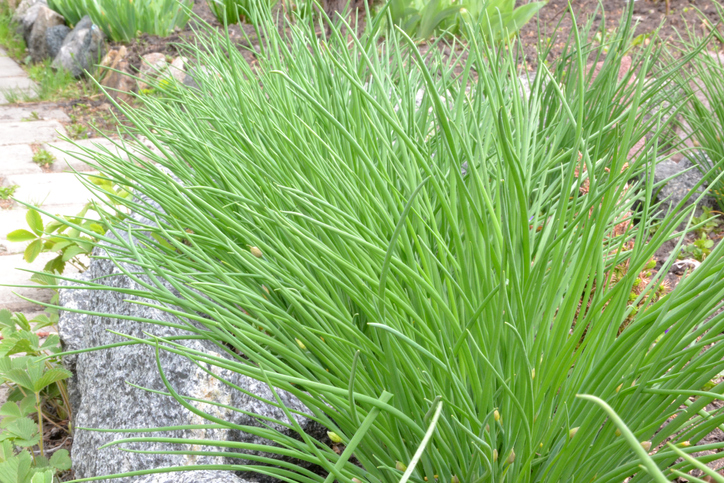
Getty Images
Wild garlic is one that grows all over lawns. It has a distinct onion/garlic smell when you pick it and looks kind of like a cross between a chive and grass. If you dig up the tuber, they have sections just like garlic and the flavor makes a great flavored salt. It is also delicious with eggs and stir fry. I use it often in spring rolls too.
I hope you find a wild plant that speaks to you! It's such a treat to get to munch on the most local produce of all: edible wild plants!
READ MORE: Everything You Need to Know About the Elusive Ramps
